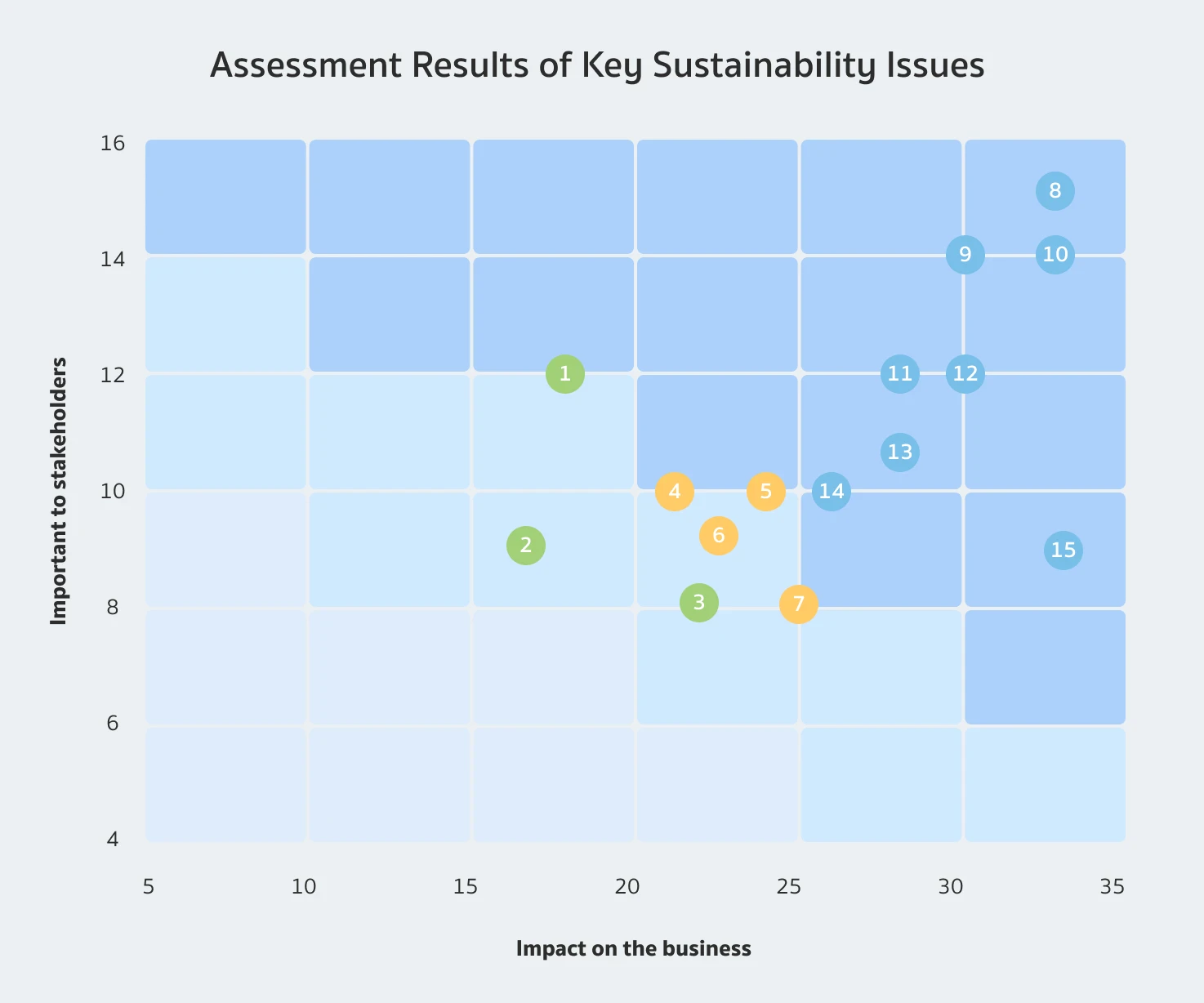
Materiality Assessment
Materiality Issues
The company focuses on materiality issues that are relevant to the business and can lead to long-term value creation for the organization, as well as contributing to the response to the United Nations Sustainable Development Goals (SDGs). In the process of identifying material issues, the Company encourages stakeholders to participate and presents material issues to the corporate governance and sustainability committee for review before reporting them to the board of directors for consideration and approval, to be implemented as information to determine the company's strategies and business plans.
The Process of Identifying Materiality Issues
The company identifies materiality issues by considering relevant stakeholders and their impact on the business. The procedure for identifying key issues is as follows:
1. Identification of materiality issues for stakeholders and organizations
2. Prioritizing Issues
3. Review of Materiality Issues
4. Continuous Improvement
Environmental
-
1Climate Change
-
2Energy Management
-
3Eco Efficiency
Social
-
4Contribution to Society
-
5Human Capital Development
-
6Talent Attraction & Retention
- 7 Occupational Health and Safety
Governance and Economic
-
8Customer Relationship Management
-
9Data Privacy and Security
-
10Risk and Crisis Management
-
11Objective & Target Achievement
-
12Governance and Compliance
-
13Reliable and Appropriate Information
-
14Technology Change
-
15Innovation and Technology Management

